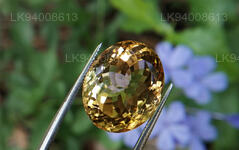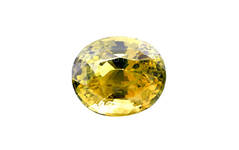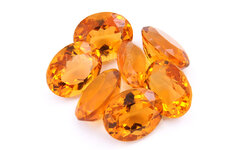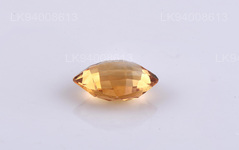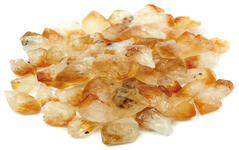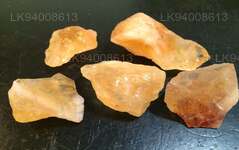
Gems
Sri Lanka’s gem industry has a very long and colorful history. Sri Lanka was affectionately known as Ratna-Dweepa which means Gem Island. The name is a reflection of its natural wealth. Marco Polo wrote that the island had the best sapphires, topazes, amethysts, and other gems in the world.
Citrine
Citrine is in the mineral class of quartz. It takes its color from the traces of iron in the quartz and can be anything from pale yellow to bright shades of amber. Citrine tends to have a hexagonal crystal system and in its natural form has a cloudy or smoky look. The meaning of citrine is focused on prosperity, joy, and energy.
- Varieties: Madeira (deep, bright reddish-brown) and Palmyra (medium yellowish-brown) are terms used in the trade.
- Sources: Brazil, Madagascar, Russia, Sri Lanka.
- Toughness: Good
- Treatments: Poor quality amethyst is often heat-treated to achieve a desirable citrine colour.
- History: Known several hundred years BCE, the citrine gemstone first found appreciation in Ancient Greece, where it was used as a decorative gem. Ancient Romans believed that the stone could protect against evil thoughts and other cultures of the time believed it would bring prosperity to individuals who held the stone.
- Cuts & Uses: Usually fashioned into ring and pendant stones. The per carat value of cut citrine usually decreases beyond the size of an average ring stone.
Explore Gem Mines
-
Explore Gem Mines in Ratnapura from Negombo
Regular price From 386,00 lei RONRegular priceUnit price / per -
Explore Gem Mines in Ratnapura from Colombo
Regular price From 540,00 lei RONRegular priceUnit price / per -
Explore Gem Mines in Rathnapura from Kalutara
Regular price From 670,00 lei RONRegular priceUnit price / per -
Explore Gem Mines in Ratnapura from Mount Lavinia
Regular price From 781,00 lei RONRegular priceUnit price / per
Services of Lakpura LLC
NaN
/
of
-Infinity

